America is known for its vastness, but certain locations throughout the country amplify this sensation in surprising ways. From sprawling canyons to endless horizons, these places remind visitors just how massive the United States truly is—often leaving travelers awestruck by the sheer scale of the landscape.
Here is a list of 18 places across America that make the country feel even more enormous than its 3.8 million square miles suggest.
Death Valley
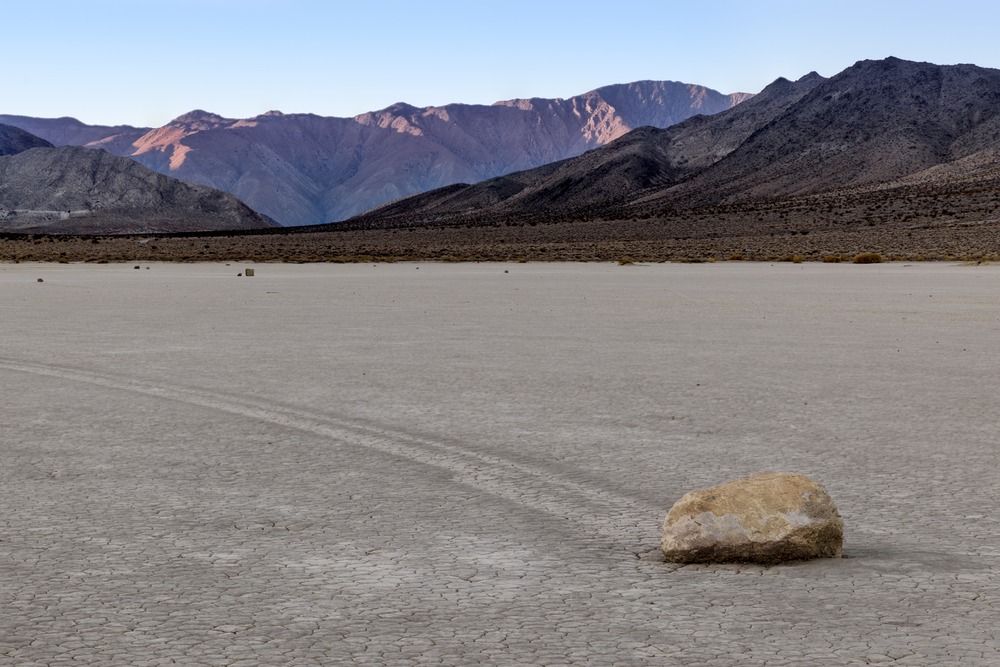
The largest national park in the contiguous United States spans an astonishing 3.4 million acres across California and Nevada. Visitors often describe feeling tiny against the backdrop of salt flats that stretch seemingly forever toward distant mountain ranges.
The valley floor sits below sea level, while nearby Telescope Peak towers more than 11,000 feet above—creating a vertical expanse that amplifies the sense of enormity. This extreme topographical range, combined with the clear desert air that makes distant features appear deceptively close, plays tricks on visitors’ perception of space.
Bonneville Salt Flats

This otherworldly expanse in northwestern Utah presents visitors with a perfectly flat, white landscape that extends to the horizon in all directions. The salt crust, remnants of an ancient lake, creates a surreal setting where the curvature of the earth becomes visible to the unaided eye. Speed enthusiasts know these flats as the location for numerous land speed records precisely because the terrain allows for uninterrupted straight-line driving for miles.
The stark white surface against the blue sky creates a disorienting effect that makes many visitors feel as though they’ve stepped onto another planet entirely.
Great Plains
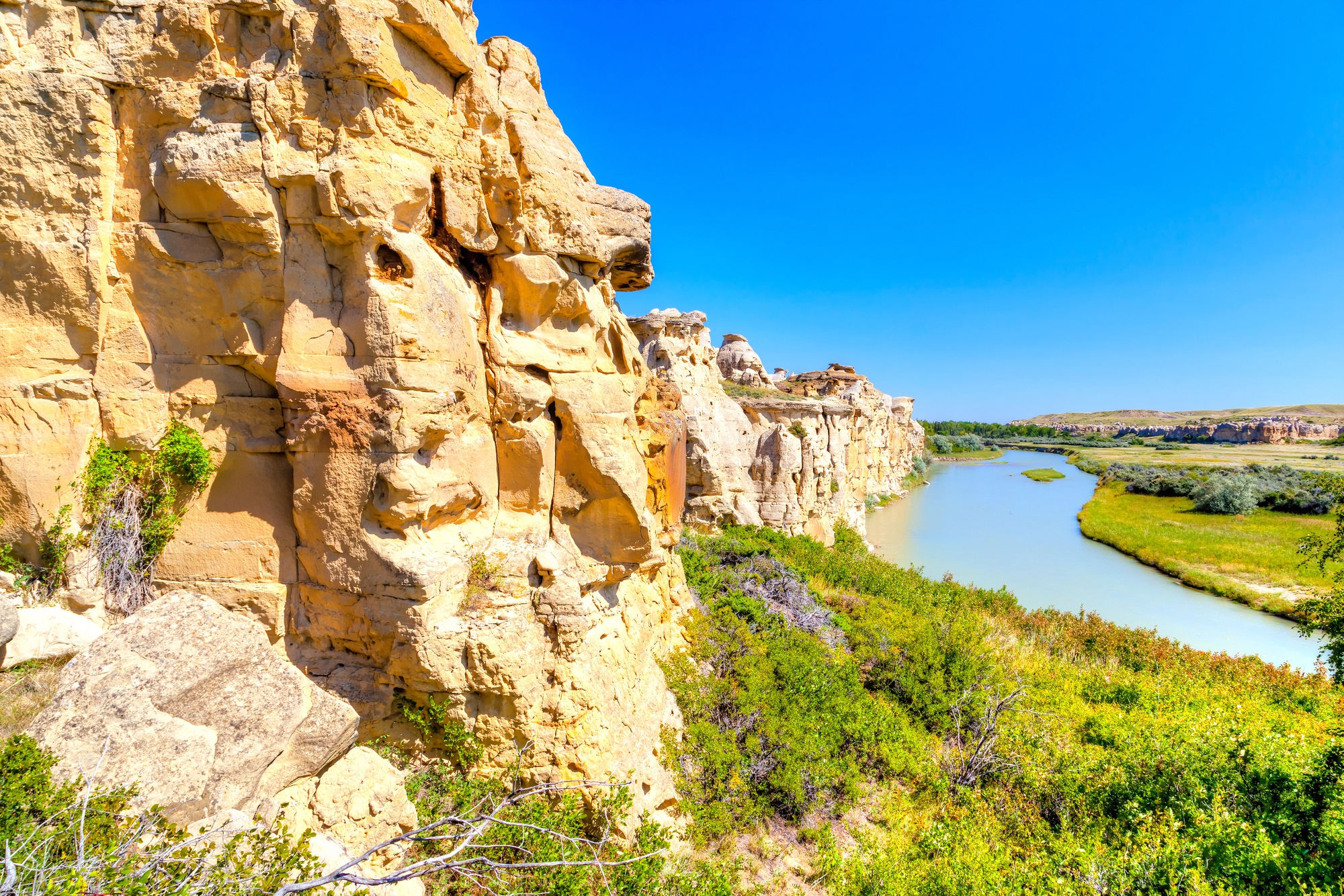
Stretching across ten states from Montana to Texas, this vast prairie region presents an uninterrupted horizon that seems to go on forever. Driving through states like Nebraska or Kansas means hours of relatively unchanged scenery—rolling grasslands that emphasize the continental scale of America.
Early settlers called these plains the “inland sea” because of how the winds created waves through the tall grasses. The sheer monotony of the landscape, while beautiful in its own right, serves as a physical reminder of the country’s immense middle section.
Alaska’s Denali National Park

Just one of Alaska’s national parks is larger than the entire state of New Hampshire, with Denali preserving six million acres of wilderness. The park road stretches 92 miles into the backcountry, with each turn revealing ever-more-distant mountain ranges.
The centerpiece, Denali itself, stands as North America’s tallest peak—yet from certain vantage points appears as just another feature in an endlessly expanding landscape. The scale becomes apparent when visitors realize that what looks like a short hike might actually require days to complete due to the deceptive distances.
Texas Hill Country

The Lone Star State’s reputation for bigness feels especially true when traversing the rolling landscapes west of Austin and San Antonio. County roads wind through expansive ranches where property lines might extend beyond your field of vision.
What appears as a nearby hill could actually be miles away, and drives between small towns often take longer than expected. The spaciousness between settlements—many towns proudly display signs showing the next gas station is 60+ miles ahead—reinforces that you’re experiencing American geography on an entirely different scale.
Lake Superior

The largest freshwater lake by surface area in the world creates shorelines so vast that standing on one side means you cannot see the opposite shore. Stretching 350 miles long and covering more than 31,700 square miles, Superior holds enough water to cover both North and South America in a foot of water.
The lake generates its weather systems and can produce waves reaching 30 feet during notorious November storms. Standing on its shore in Michigan’s Upper Peninsula or Minnesota’s North Shore makes the United States feel not just big but positively oceanic.
Monument Valley
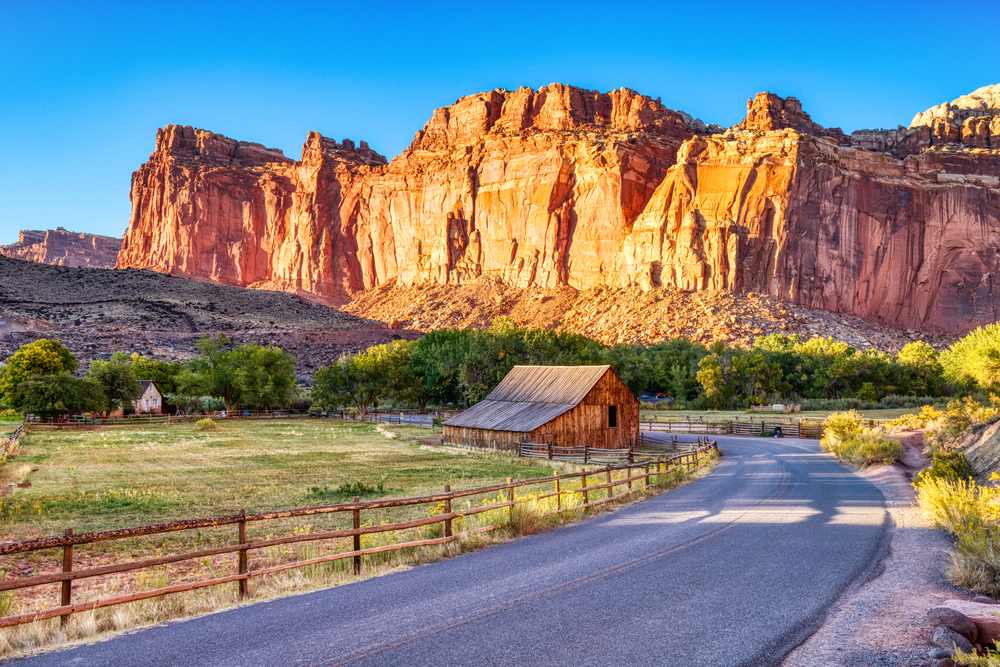
The iconic red buttes and mesas of this Navajo Tribal Park rise dramatically from the desert floor, creating a landscape that has defined the American West in countless films. What makes Monument Valley particularly perspective-altering is how the massive formations appear close enough to touch yet require substantial driving time to reach.
The 17-mile scenic drive through the valley takes hours to complete properly, with each viewpoint revealing the true enormity of these natural sculptures. The endless visibility across the desert emphasizes the breathtaking scale of both the monuments and the surrounding landscape.
Big Sky Country

Montana earned its nickname honestly—the state’s vast open spaces beneath an enormous dome of blue create an almost vertigo-inducing sense of expansiveness. The eastern plains stretch uninterrupted to the horizon, while western mountain ranges appear as distant islands in a sea of grass.
The low population density—less than seven people per square mile—means you can drive for hours on rural highways without passing another vehicle. This combination of empty roads, distant mountains, and enormous skies makes Montana feel like a country unto itself rather than just one of fifty states.
The Everglades
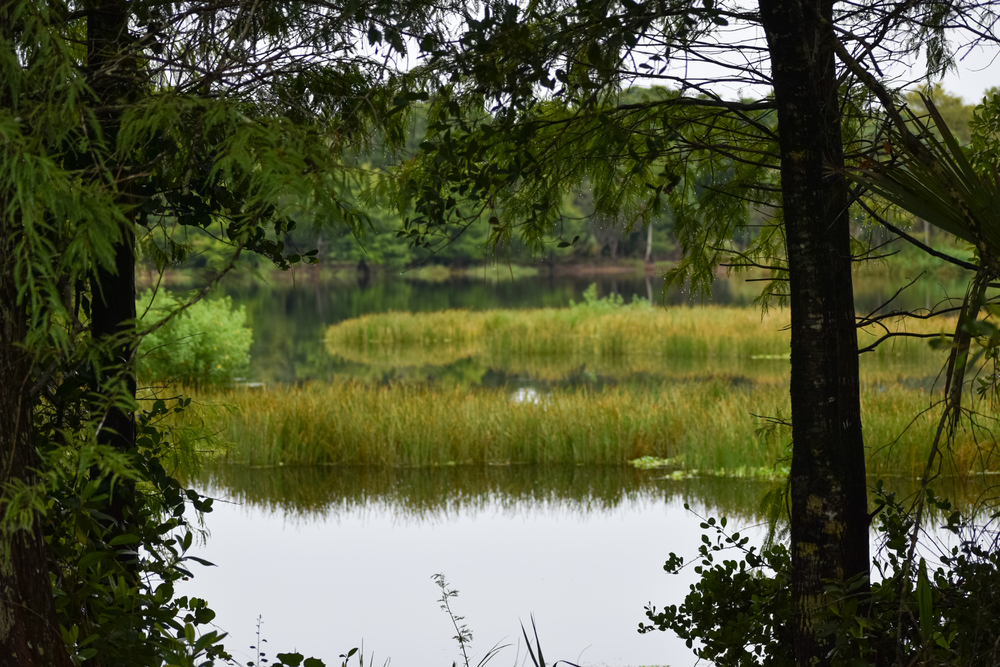
Florida’s “River of Grass” covers 1.5 million acres of subtropical wilderness that seems to extend infinitely in all directions. Airboat tours through the sawgrass marshes reveal a waterscape that appears identical yet constantly changing.
The flat terrain creates an optical illusion where distant thunderstorms might be visible from 50 miles away. Wildlife enthusiasts often describe the experience of spotting alligators and then realizing the vastness of their habitat stretching beyond what the eye can see. This preserved wetland ecosystem demonstrates how, even in densely populated Florida, America still maintains wilderness on a grand scale.
Pacific Coast Highway
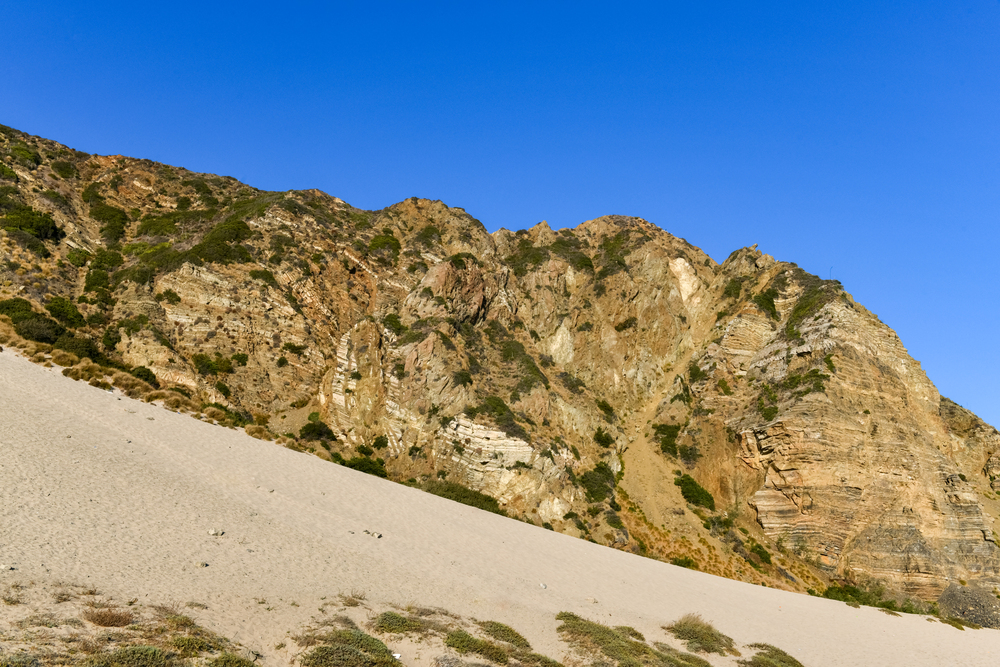
Driving California’s iconic coastal route provides a continuous reminder of America’s enormous western edge. The highway hugs cliffs hundreds of feet above crashing waves, with views extending across the world’s largest ocean to an unreachable horizon.
Around each bend, travelers encounter another expansive vista where the continent meets the sea. The 656-mile route would take just 10 hours without stops, yet most travelers spend days completing the journey—partly because the distances feel greater than they are when navigating the winding road and partly because the immense beauty demands frequent stops.
Grand Canyon
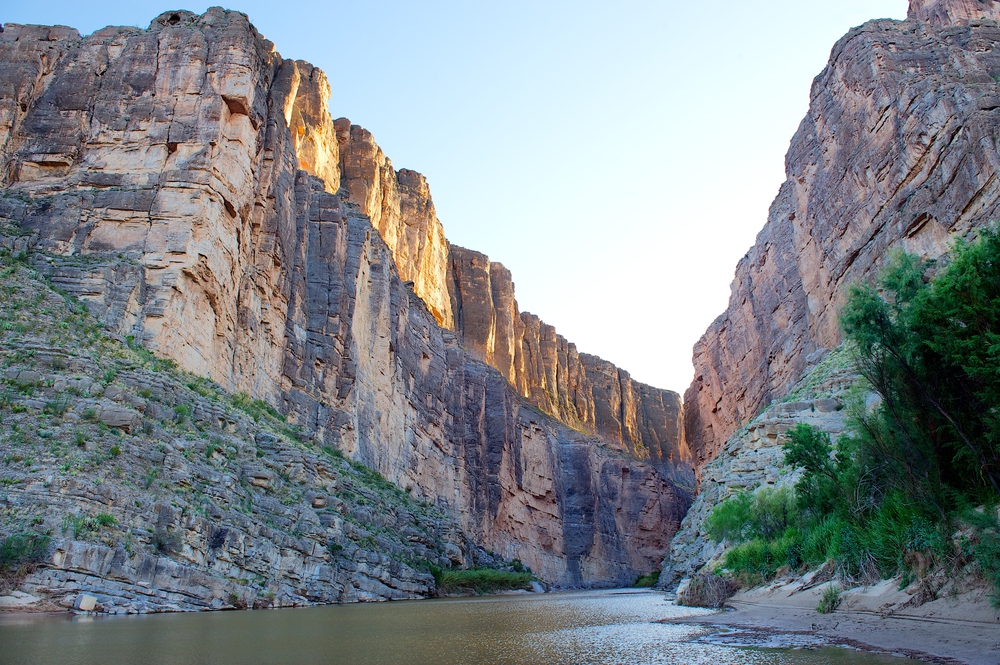
Perhaps no American landscape better illustrates the country’s massive scale than this 277-mile-long gash in the Colorado Plateau. Standing at the rim, visitors struggle to comprehend that the opposite side might be 10 miles away—a distance disguised by the canyon’s immense depth of up to a mile.
Hikers who venture below the rim quickly realize distances are deceptive; what appeared to be a quick walk can take hours. The layered rock walls display two billion years of geologic history, adding a temporal dimension to the already overwhelming spatial experience.
Great Basin

This vast region encompasses most of Nevada and portions of Utah, offering some of America’s most isolated landscapes. Mountain ranges rise like islands from valley floors, repeating across hundreds of miles in a pattern early explorers found disorienting and endless.
Great Basin National Park itself sits in such remote territory that it receives fewer visitors in a year than Yellowstone welcomes in a single day. The region’s backcountry roads can stretch over 100 miles without services, and nighttime drives reveal some of the darkest skies in the country—the perfect backdrop for contemplating both terrestrial and cosmic vastness.
Chesapeake Bay

The largest estuary in the United States spans more than 200 miles from Havre de Grace, Maryland, to Norfolk, Virginia, encompassing 11,684 miles of shoreline—more than the entire West Coast. Boaters in the middle of the bay lose sight of land entirely, creating a maritime experience in what many forget is merely an inland waterway.
The bay’s intricate system of rivers, creeks, and marshes creates a maze-like aquatic landscape that can take lifetimes to explore fully. This massive ecosystem nestled between major East Coast population centers reminds visitors that America’s natural grandeur exists even in its most developed regions.
Redwood National Park

Walking among the world’s tallest trees provides a vertical dimension to America’s vastness. These coastal California giants reach heights over 350 feet—longer than a football field stood on end. The ancient forest creates cathedral-like spaces where sunlight filters through canopies that seem impossibly distant from the forest floor.
The trees’ massive circumferences—some exceeding 20 feet—combined with their soaring height produce a sense of miniaturization in human visitors. Even more impressive is realizing these forests once covered much larger areas of the Pacific coast, hinting at an even grander scale in America’s natural history.
Badlands

South Dakota’s eroded landscape stretches across 244,000 acres of sharply carved buttes, spires, and pinnacles that create a maze-like topography. The harsh terrain earned its name from early travelers who found it “bad land to travel across.”
The colorful sedimentary layers reveal 75 million years of geologic history in exposed walls that seem to extend endlessly in all directions. From certain vantage points, the rippling formations appear to flow like a petrified ocean frozen in time—a sea of stone that emphasizes the continental scale of America’s interior.
Route 50 in Nevada
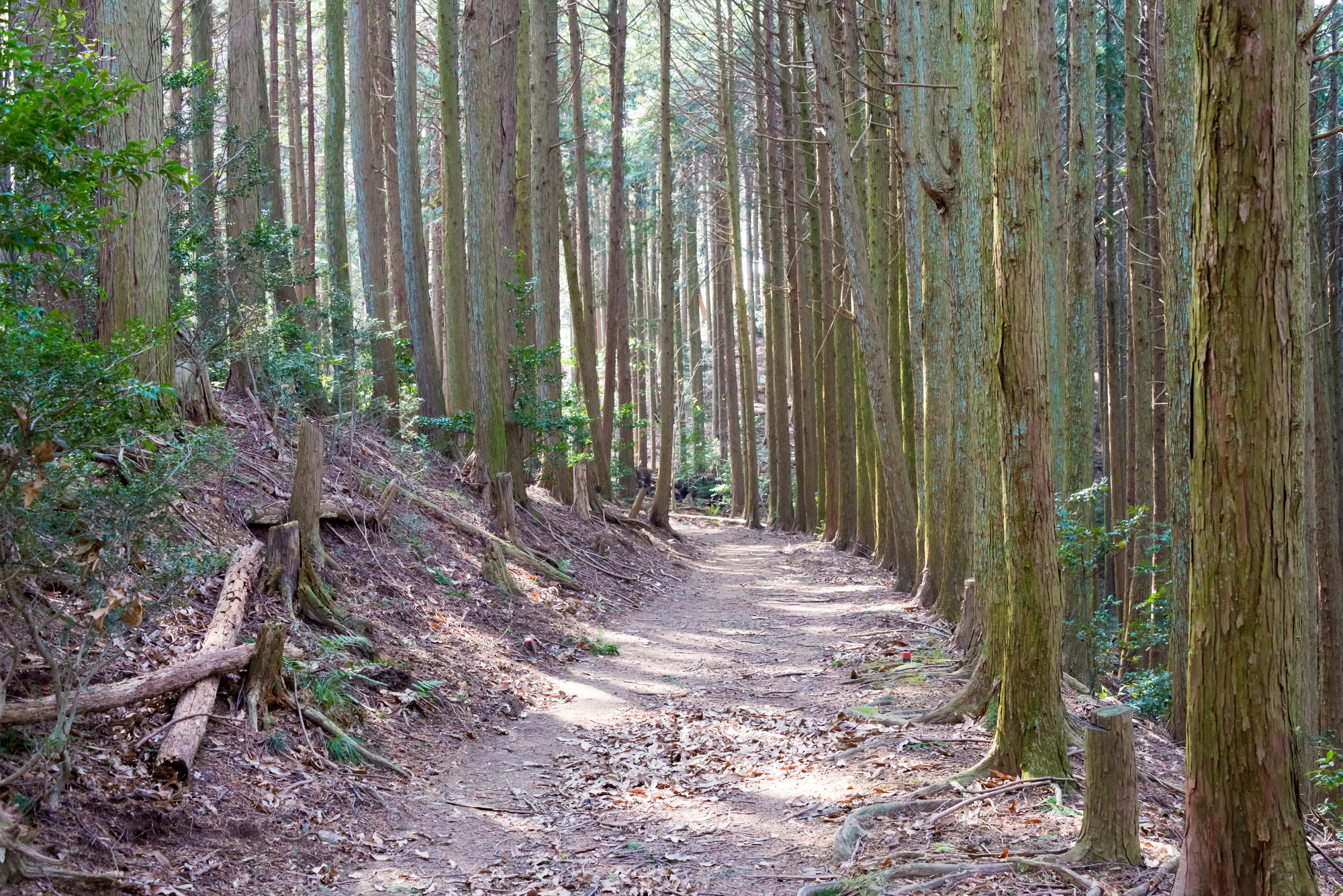
Known officially as “The Loneliest Road in America,” this 287-mile stretch of highway crosses the heart of Nevada with minimal signs of human habitation. The road cuts through numerous mountain ranges and high desert basins, with sections running perfectly straight for over 40 miles into the distance.
Towns along the route might be separated by 100+ miles of empty landscape, creating a driving experience that feels almost hypnotic in its vastness. While crossing Nevada, travelers gain a visceral understanding of why the American West represents one of the world’s last great open spaces.
Crater Lake

Oregon’s deepest lake fills an ancient volcanic caldera with water, so blue it appears otherworldly. At 1,943 feet deep, it ranks as America’s deepest lake—a fact difficult to comprehend when viewing its 21-square-mile surface from the crater rim.
The perfect circle of the caldera creates a disorienting effect where opposite shores appear closer than their actual 6-mile distance. The clarity of the water—you can see 100 feet below the surface on calm days—adds another dimension to the perception of space. This massive water-filled volcano reminds visitors of the immense geological forces that have shaped America’s landscape.
Alaskan Interior

The roadless wilderness north of Fairbanks represents American vastness on an entirely different scale. Areas like Gates of the Arctic National Park span 8.4 million acres without a single road or trail, accessible only by bush planes or serious backcountry hiking.
Visitors describe the sensation of being truly tiny against endless tundra stretching to distant mountain ranges in all directions. The perspective becomes particularly dramatic during summer when endless daylight allows for 24-hour viewing of this immense landscape. This region represents America at its most primeval—space measured not in miles but in days of travel time.
Beyond Horizons

America’s vastness remains one of its defining characteristics—a feature that continues to shape both the national character and visitors’ experiences. These 18 locations offer particularly powerful reminders that, despite modern transportation and communication, the United States maintains landscapes where nature still dominates and distance still matters.
Whether standing atop a mountain in Montana, watching the sunset across Death Valley, or witnessing barges navigate the mighty Mississippi—this country’s scale continues to astonish even lifelong residents.
More from Travel Pug

- Cities Growing so Fast You Won’t Recognize Them in 10 Years
- 13 Destinations Where Tourists Regularly Regret Their Trip
- 20 Obscure WWII Sites Even History Buffs Don’t Know About
- 10 Under-the-Radar Mountain Towns That Are Both Affordable and Beautiful
- Remote Villages in Europe Where You Can Live for Free in Exchange for Work
Like Travel Pug’s content? Follow us on MSN.
